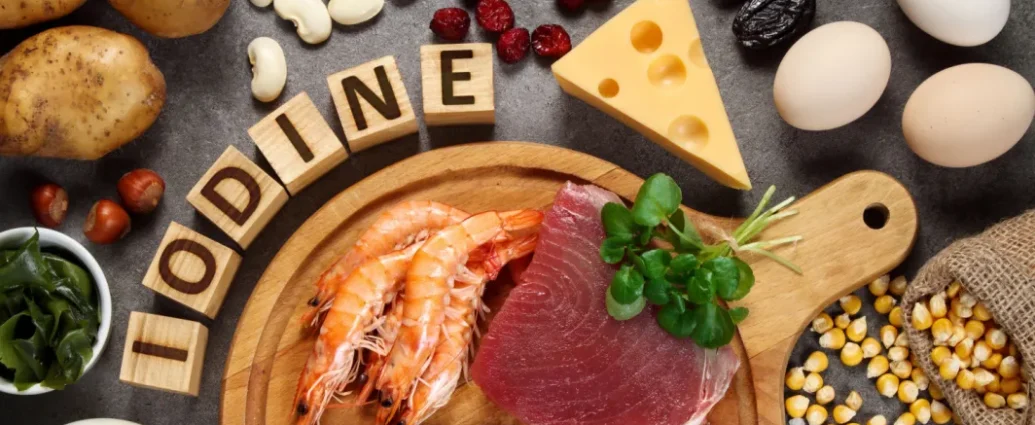Iodine is one of the essential minerals for the proper functioning of the thyroid, the gland that regulates our hormonal state to the ability to burn or produce fats, in addition to being responsible for the rhythm of the heartbeat.
Thus, an imbalance in the proportion of iodine in our body can lead to serious health problems (weight gain for no apparent reason, greater tiredness, a more irregular menstrual period, among other consequences). Iodine-rich foods help maintain the right levels of this essential mineral for the body.
List of Foods Rich in Iodine
Most foods with a higher proportion of iodine are of marine origin, however, there are other foods rich in iodine such as dairy that are of animal origin. Vegetables and fruits, on the other hand, are among the foods with less iodine input to our diet (though they contain other essential nutrients that make them basic a balanced diet).
How much iodine does a healthy body need? The ratio of iodine to ingest each day depends on the age and hormonal situation of each person. Thus, for children, the recommended amount is 1 20 mcg, while for a teenager and an adult, it rises to 150 mcg. Instead, a pregnant woman should ingest 220 mcg of iodine a day.
Thus, among iodine-rich foods are the following groups.
1. The foods that provide more than 90 g correspond to fish and seafood.
– Mullet
– Clams and cockles
– Prawns and shrimps
– Shrimp
– Crayfish
2. Other foods that provide an important part of iodine to the body:
– Mussels and crabs
– cheese in portions
– Skimmed milk
– Sardines and anchovies
– Fish
– Anchovy
– Sausages such as Serrano ham and salami
– Vegetables such as chard, green beans or spinach
– Fruits such as pineapple, strawberry, or apples
– Fungi such as mushrooms and champignons
– Beef
Iodized salt, yes, with caution
Of course, iodized salt, as its name suggests, contains a significant burden of this essential mineral. Specifically, 1900 mcg for every 100 gr. That doesn’t mean we should take more salt than we need to, because an excess of iodine is counterproductive to health. The recommended ration of iodized salt is 5 gr, so you’ll get from it, 95 mcg, which is about 70% of what you need a day.
Seaweed
Seaweed is the richest food in iodine (150 mcg per 100 gr). Hence, as in the case of salt, its consumption must be moderate, with maximum rations of 30 gr of product per day. In particular, you have to be careful with the nori algae.
Fresh cod
As for fish, cod is among the most iodine in the diet (170mcg /100g). Hence its frequent consumption is recommended.
Seafood rich in iodine
Both mussels and prawns or bogavante are varieties of seafood with a high contribution of iodine to the diet. In 100 gr of these foods add 100 mcg of iodine. It is also not advisable to abuse them either.
The Legumes, Yes or No?
Legumes are a staple food in our diet. In addition to iron, calcium, and fiber, they contain a good proportion of iodine (32 mcg/100g).
